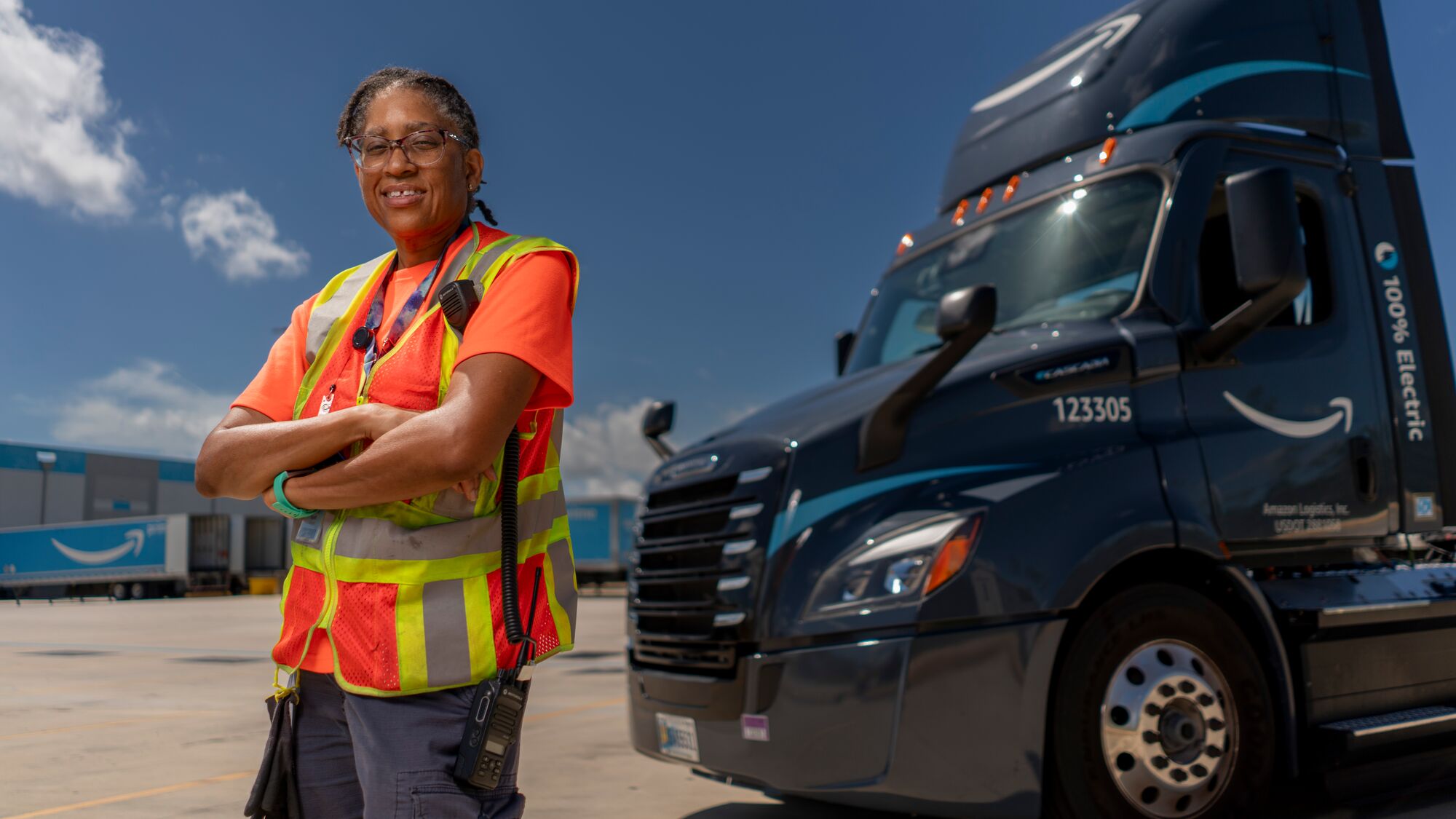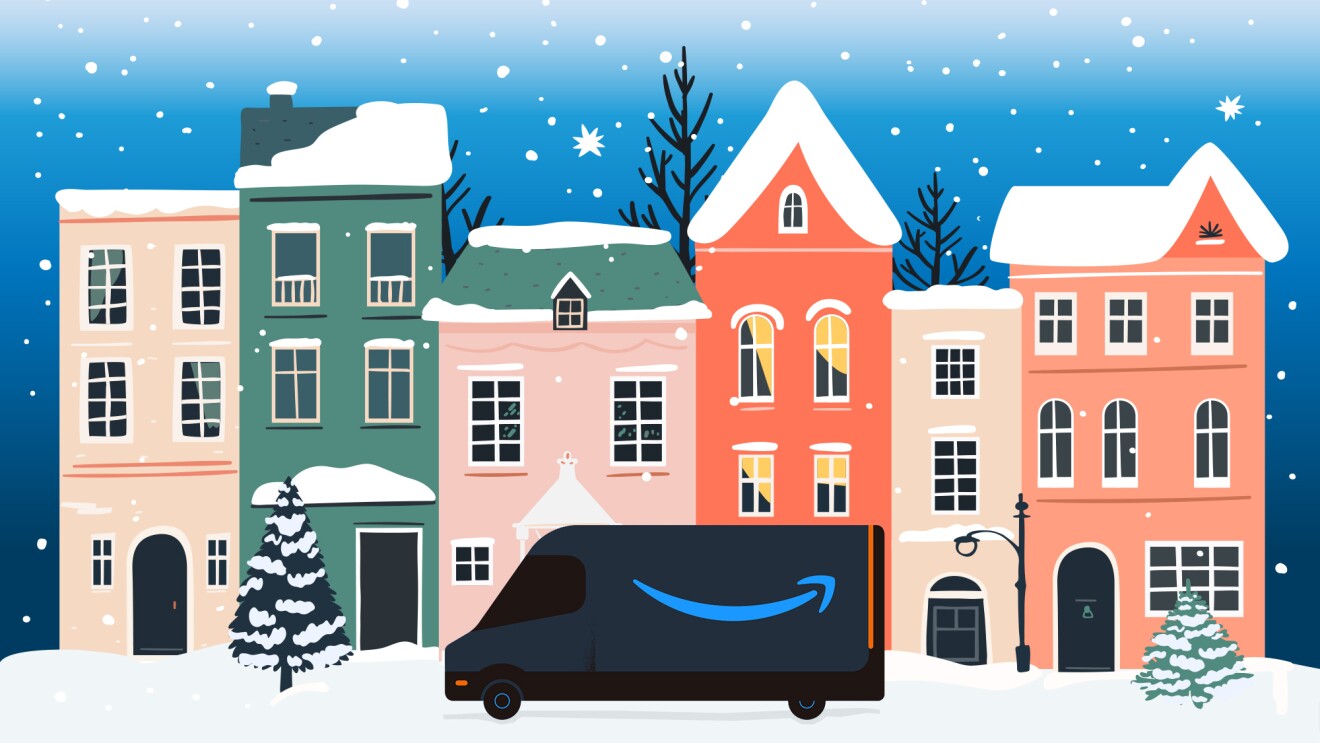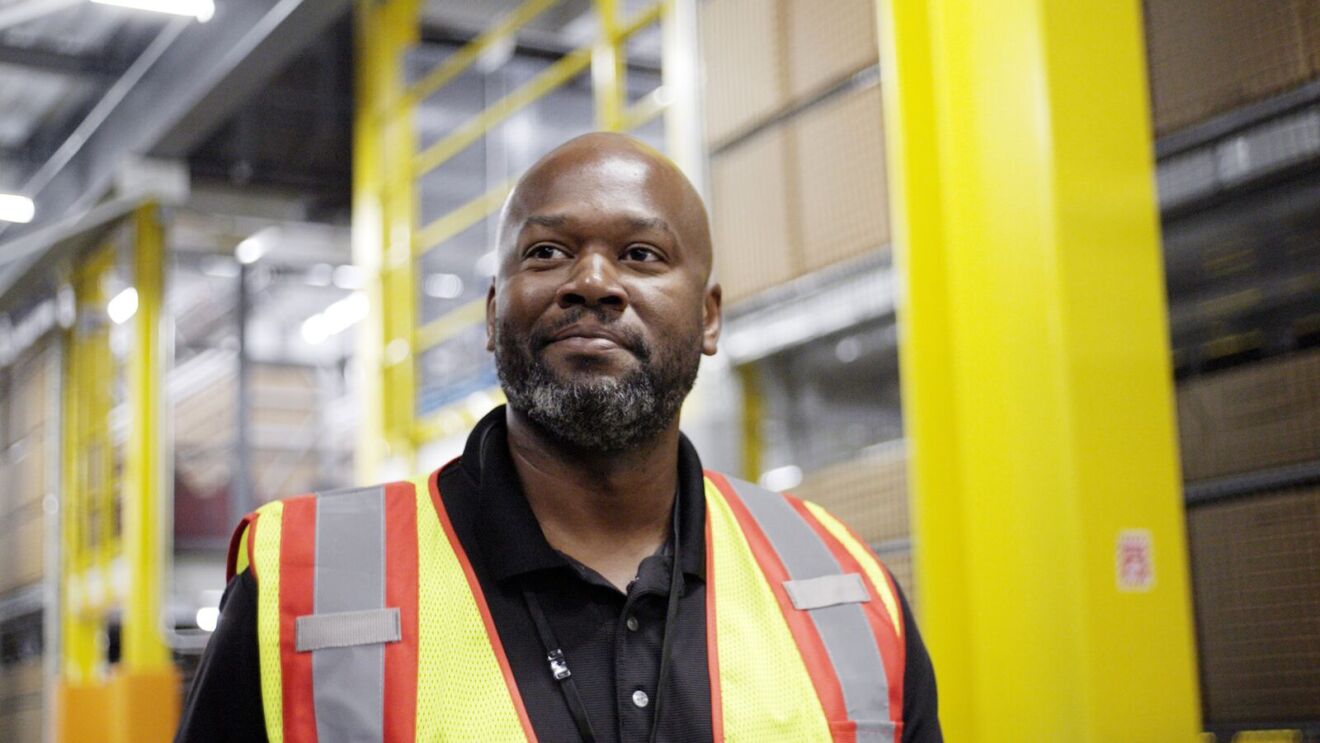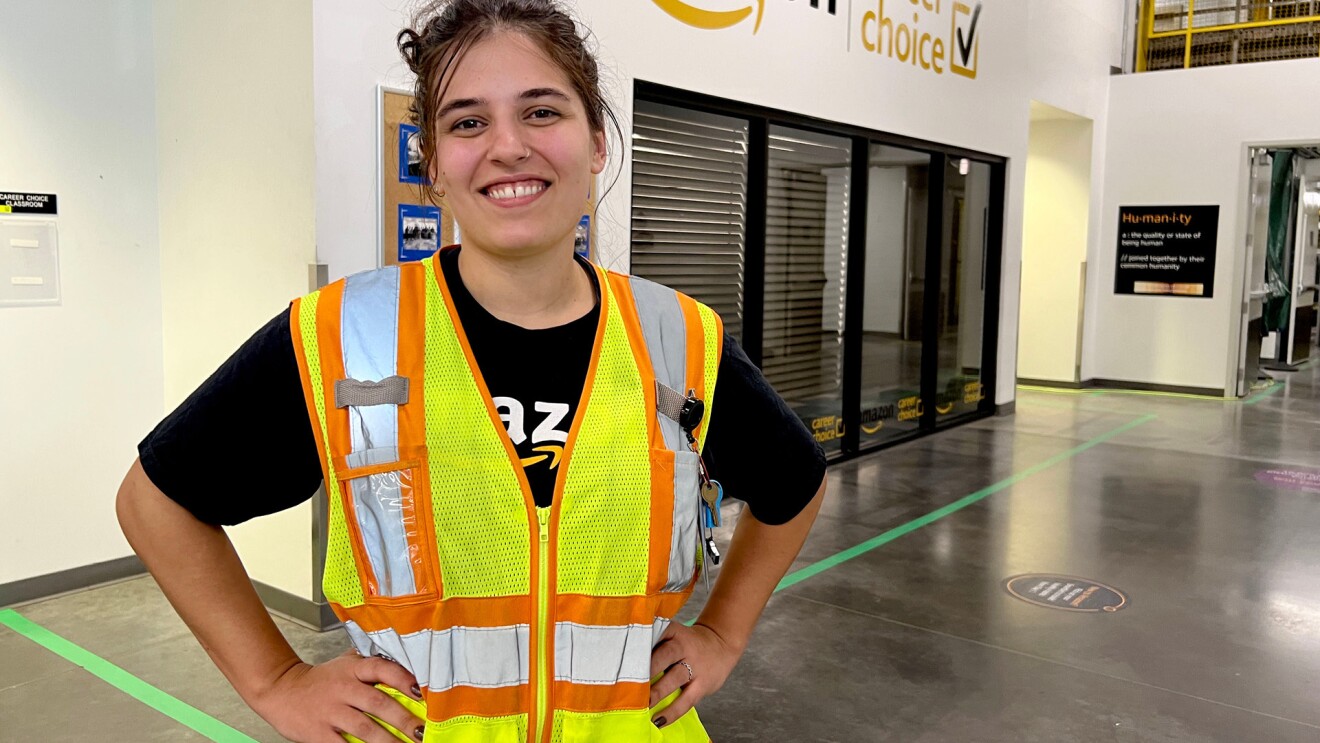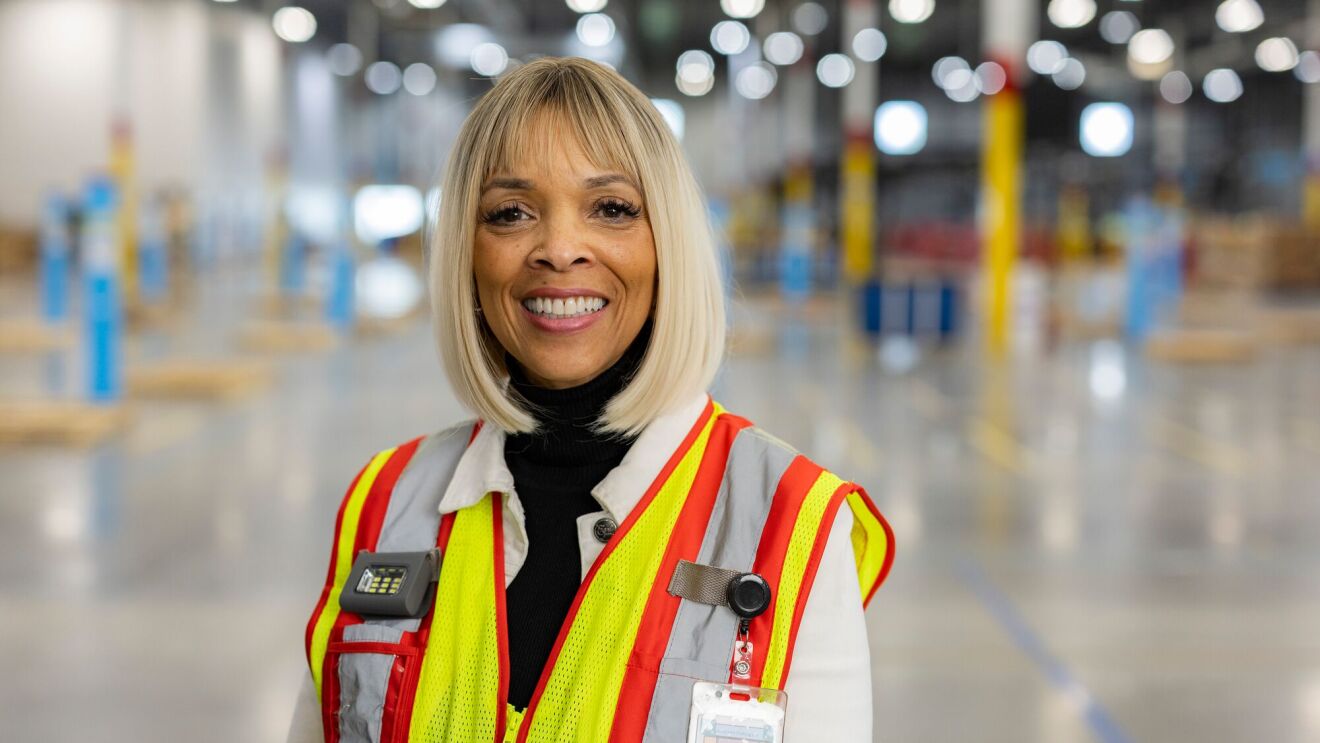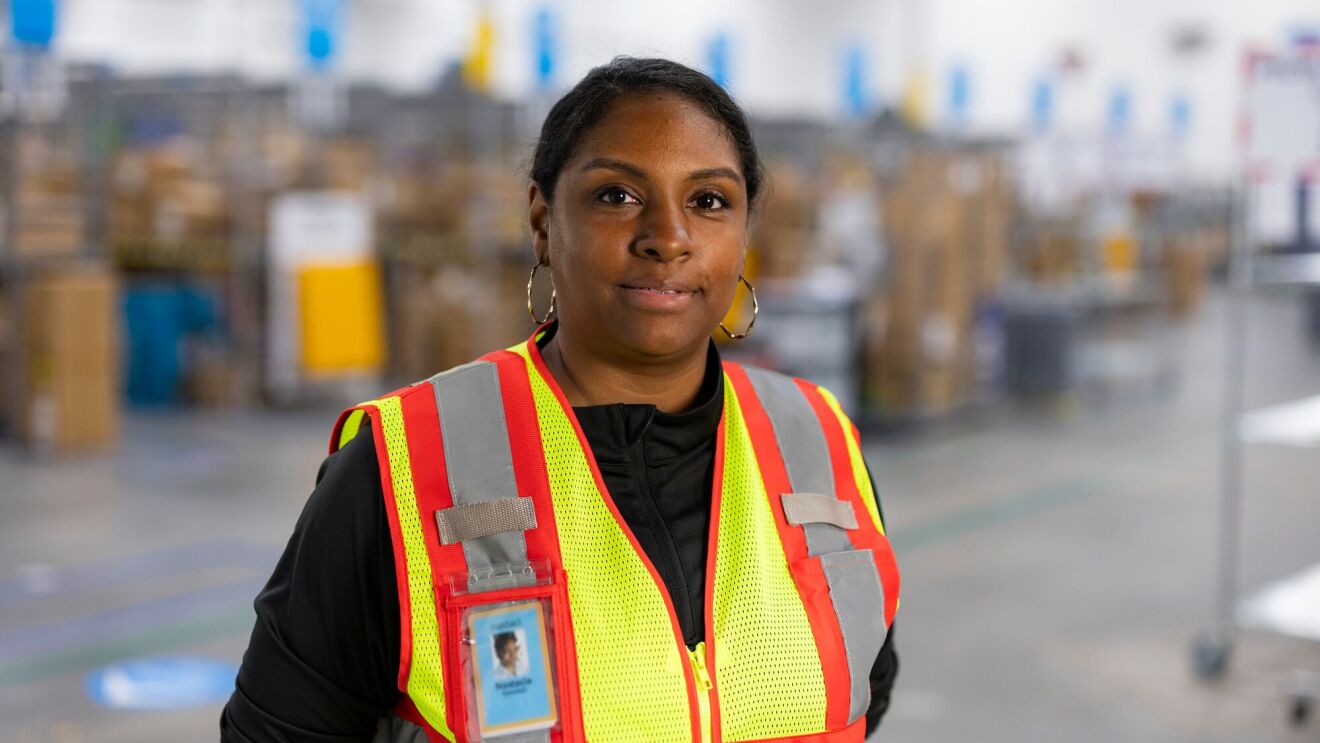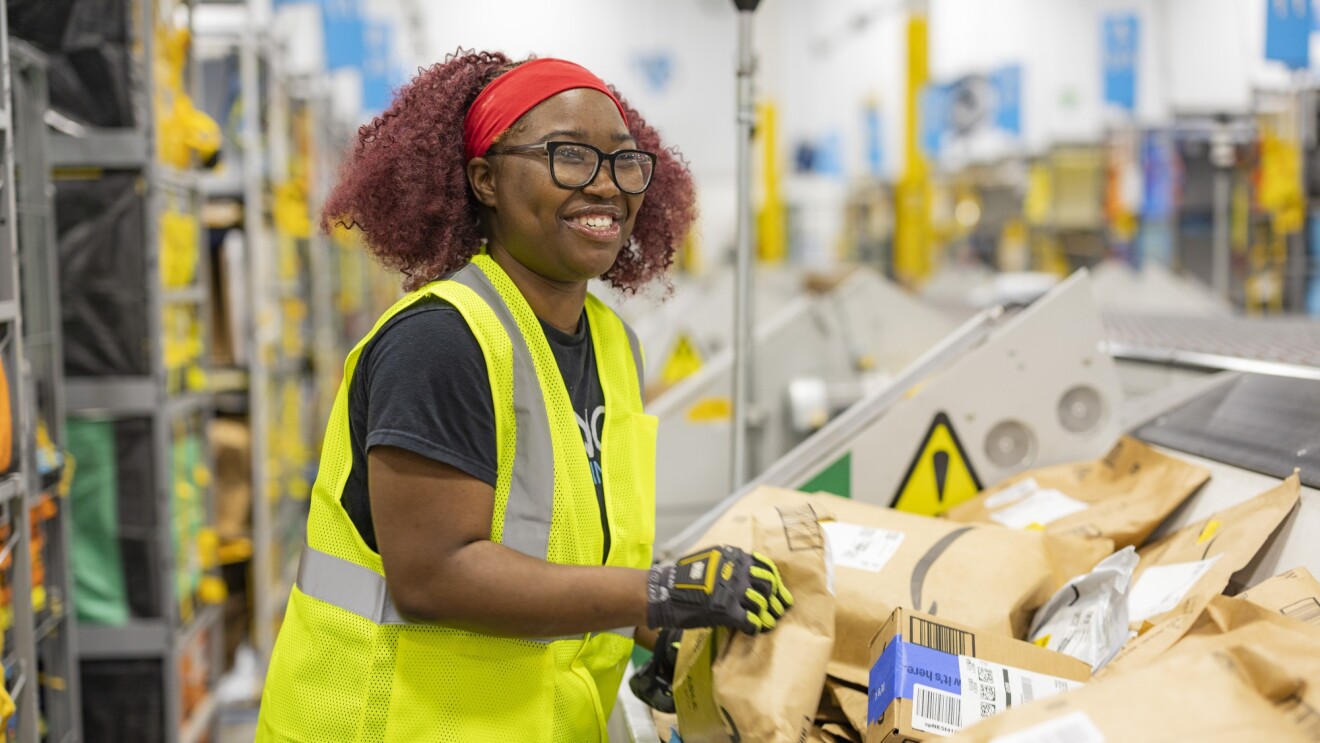Key takeaways
- Over 18,000 Amazon Transportation Operations Management associates completed human trafficking identification training.
- The training educates associates about recognizing all forms of human trafficking.
- A 30-minute human trafficking awareness course is available to all Amazon employees.
When April Wright starts her shift, she’s not just watching the road—she's watching for signs of someone who may need help.
Transportation associates like Wright often travel the same routes and stop at the same truck stops and rest areas where human trafficking may occur. Their regular presence on major transportation corridors creates opportunities for them to identify potential victims.
And thanks to specialized training through our partnership with TAT (formerly Truckers Against Trafficking), Wright and thousands of other Amazon transportation associates are now equipped with skills to recognize and report potential instances of human trafficking that could potentially save lives.
"The training gave me specific signs to watch for and a clear process for reporting concerns safely and anonymously,” said Wright. “Now, every time I'm on my route, I'm not just transporting freight—I'm keeping my eyes open for people who might need help but can't ask for it themselves."
To date, more than 18,600 Amazon employees have completed this specialized training.
“Amazon’s commitment to this fight is making a difference,” said Esther Goetsch, TAT’s executive director. “We know that when front-line workers are trained to recognize the signs of human trafficking, more reports are made and more victims can find pathways to freedom.”
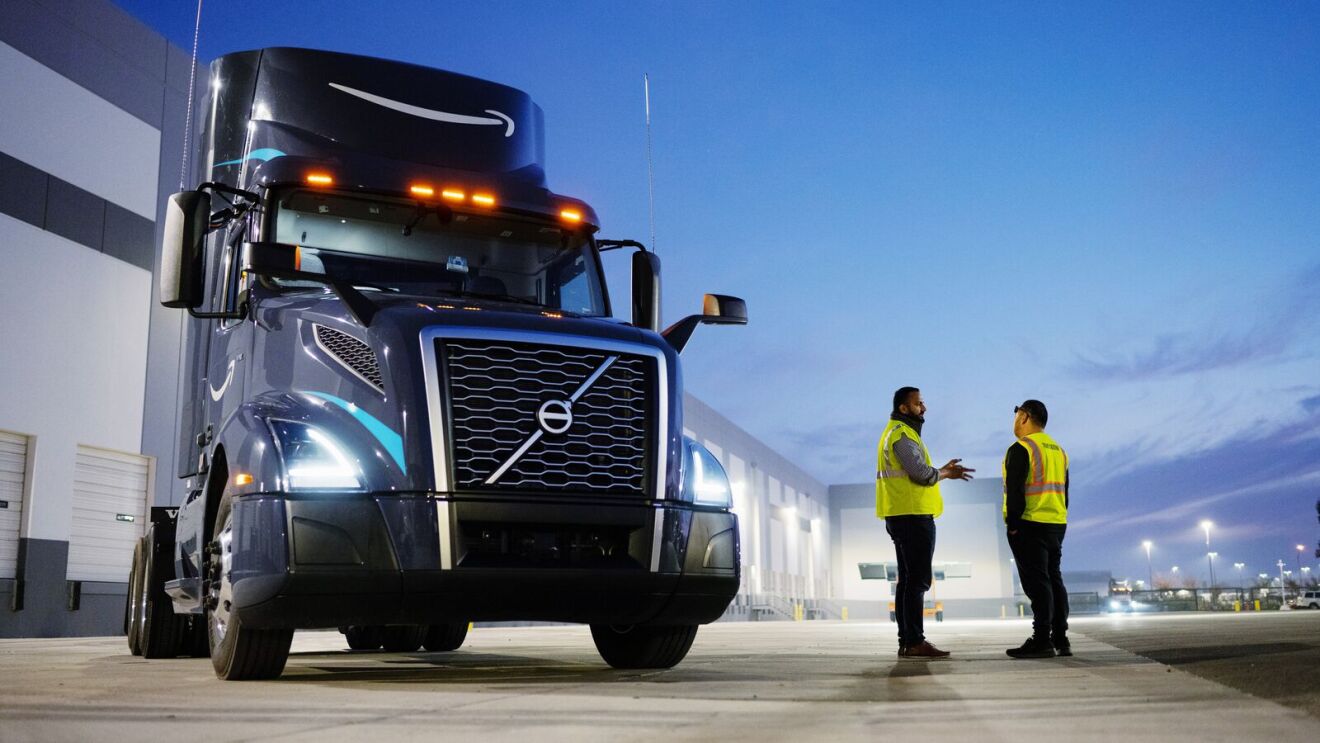
How the training works
Human trafficking involves the use of force, fraud, or coercion to obtain some type of labor or commercial sex act. Human traffickers victimize an estimated 27.6 million people worldwide, according to the United Nations’ International Labor Organization, and trafficking cases can be found in every state in the U.S.
The comprehensive program Amazon use teaches employees to understand human trafficking in all its forms. Participants learn to identify warning signs such as individuals who appear fearful, underage, and alone, can't speak or move freely, or show signs of being denied basic needs like food or water—sometimes subtle but critical red flags.
The training includes scenario-based exercises where employees out in the field practice asking questions that could reveal if someone is being controlled or exploited. These employees also study real-world cases where the timely actions of one person led to human trafficking investigations and prosecutions, and connected survivors with support services.
Most importantly, employees who take the training learn proper reporting procedures. This includes how to access the National Human Trafficking Hotline phone number through the Relay app, which all transportation associates like Wright have on their mobile devices. This allows them to report concerns safely and anonymously.
"It makes it easier to participate when I know that nobody can trace this back to me,” says Wright. “So, I'll be safe, and saying something may actually save someone's life.”
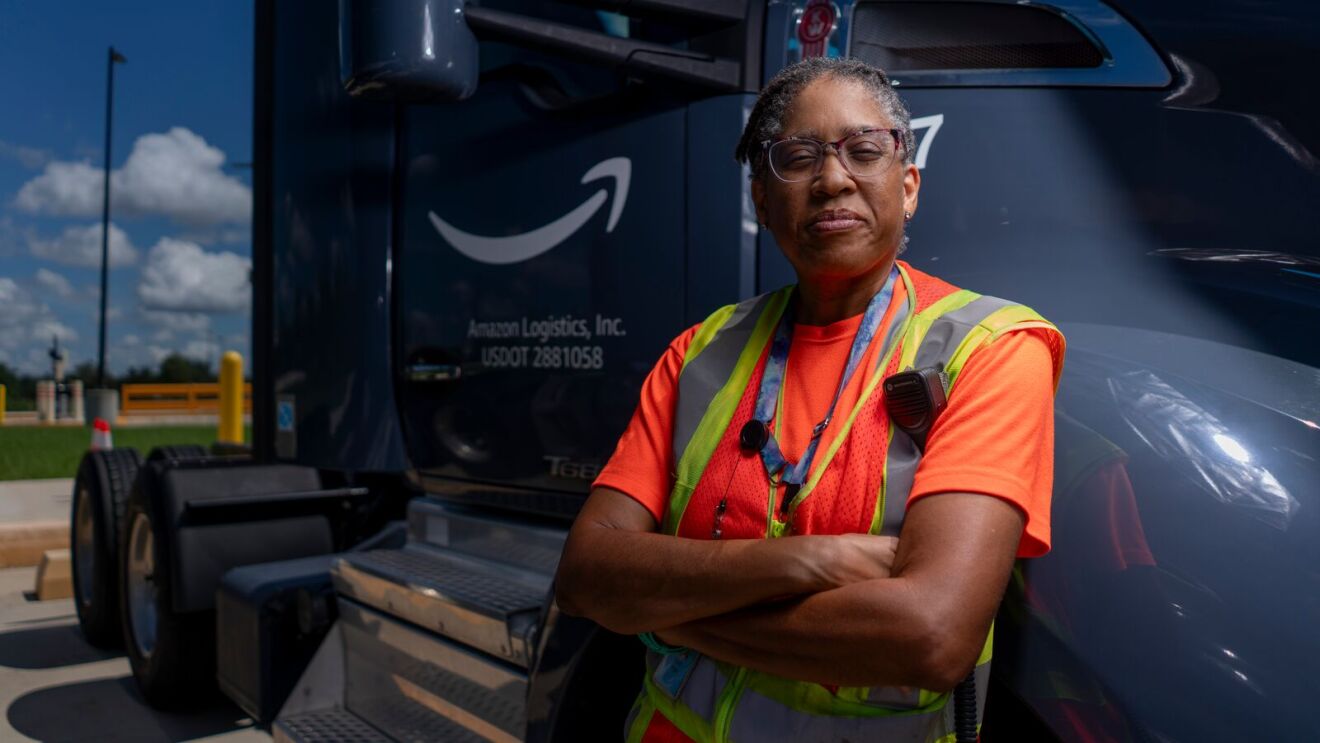
We launched TAT's corporate Human Trafficking Awareness Training for all Amazon employees, too, beyond just those who work in transportation. So now, everyone from human resources professionals to logistics coordinators can participate in the 30-minute training to learn how to identify signs of sex and labor trafficking and report concerns safely.
This impact is significant—operations teams, leaders, and business partners have completed anti-trafficking training more than 150,000 times in the last five years.
Other ways Amazon helps trafficking victims

In addition to training our employees to safely report incidents of potential trafficking on the road or elsewhere, Amazon also leverages technology to combat it.
Through Amazon Web Services (AWS), the company provides millions of dollars in cloud credits to power tools that nonprofits use to prevent and detect abuse.
This includes supporting Thorn, a nonprofit that transforms how children are protected from sexual abuse and exploitation in the digital age. Thorn's AI tool Safer, which is accessible in AWS Marketplace, has detected over 6 million files of suspected child sexual abuse material – a huge milestone towards combatting this crisis.
Our employees also initiated grassroots support for trafficking survivors. We've hosted donation drives for Rethreaded, a nonprofit that employs trafficking survivors, at 108 sites across 34 states where we've helped collect more than 20,000 T-shirts to be transformed into new products by survivors.
As a founding member of Tech Against Trafficking consortium, Amazon joined other member companies like Google, Microsoft, Meta, TikTok, and Hewlett Packard Enterprise in working to build ethical, privacy-first data sharing solutions. In 2024, we hosted the coalition's annual summit, which brought together global tech companies, civil society groups, and survivor leaders to align on solutions that scale.
"We're committed to respecting human rights and embedding them in everything we do—from creating and sourcing products to delivering packages to customers,” says Leigh Anne DeWine, director of human rights and social impact at Amazon. “Equipping thousands of Amazon employees with the knowledge to identify concerning behavior is a powerful tool to combat human trafficking.”
Trending news and stories
